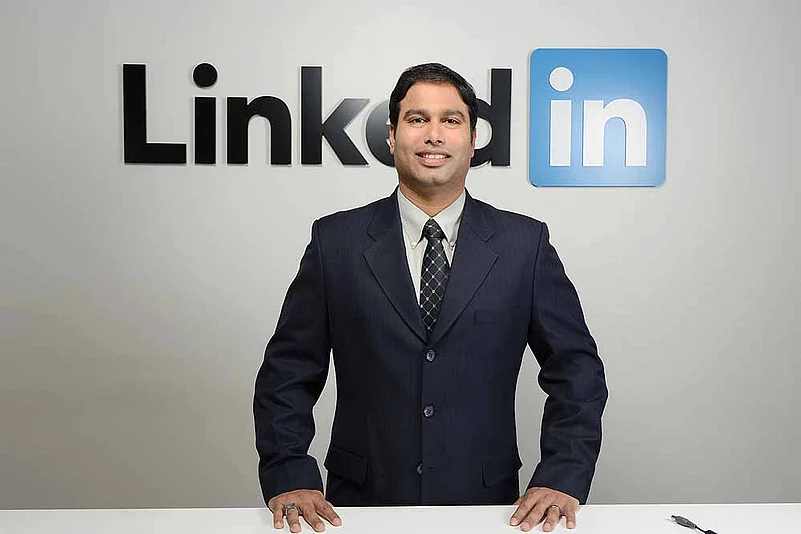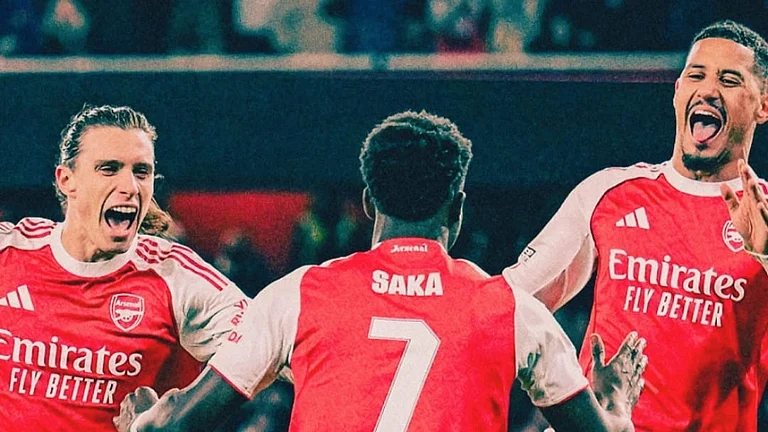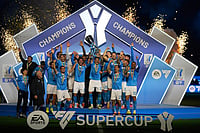Just last month, IIM Ahmedabad became the first Indian B-school to have a page on professional networking site LinkedIn, which claims to have a third of professionals worldwide signed up. The site has been adding almost a million users every month just in India, says Nishant Rao, the recently appointed country manager of LinkedIn India. Excerpts from an interview with Pragya Singh:
What explains the increased activity in Indian LinkedIn accounts in recent months?
It’s the force of our value proposition. We have 238 million global users and 21 million Indian users, so growth is good. We’ve seen very strong results for many quarters, so Wall Street is rewarding us. Our employment numbers doubled last year, so that adds to the shine. Accolades aside, the who’s who of the world is now on LinkedIn. The rich profiles, the way people represent their identities, means the content has got richer.
What is ‘value proposition’?
Our premise is that we can make people more productive, successful. That’s the value proposition. We recognise the aspirations of the entire professional population and make the site more and more relevant to them. Our premise remains around three concepts—‘identity’, ‘insight’ and ‘everywhere’. ‘Who you know’, ‘what you know’ and access.
LinkedIn now connects higher education with students. But student skills and expectations are different....
Yes. The way in which students can manifest their identity is limited. For them, the question arises, ‘What do I talk about [on LinkedIn]’? So, we have allowed students to focus on projects they’re doing or are interested in, published works, the volunteering they would like to get involved in. This gives them talking points while they represent themselves as well-rounded. We have university pages and an alumni tool—the idea being the past is a good predicator for the future. Now, if a student wants to be a project manager, he can see who did this before, how he is doing, and which college fits best. Maybe, using LinkedIn, students will make these choices much earlier. That’s what makes them more productive, and makes us fast-growing.
In a scenario where qualifications are increasingly being commoditised, how can people realistically project themselves as ‘unique’?
Each of us is a unique brand—that’s the power of LinkedIn. From a printed resume, you go 3D—photos, news, presentations, you name it. Your interests and knowledge are shared along with news and other content. Not just any news; consider the context. There are global influencers on LinkedIn, talking about leadership topics across functions. They can see your skills and interests you display. Whom you follow, what news you share, how you get involved in groups, showcase your knowledge—not just by participating, but going deeper into discussions—all this speaks for every individual.
Yet, the market is overcrowded with degree-holders....
We’re showing that there is a lot of grey between the black or white of qualification and work experience. Members can brush up, upgrade skills, retool, if need be. Today, companies are shifting tack on hiring. They are not jumping at every resume. They are stepping back—“is this what (who) we want?”—they ask. We are in a position to advocate a long-term employment plan to companies. “Can we set them up for the longer term?” is what LinkedIn thinks. And, employers, of course, drop hiring costs by half if they establish a strong brand as employers.
Could you illustrate how this works?
Intel has traditionally been a hardware brand, but they also do software. They created a custom group on LinkedIn to showcase themselves to the software world. They threw in group ads and could target 1,200 quality numbers in less than eight months. All they did is create the brand a little, engage, share relevant information. Anyone able to reflect the interests of such a company through status updates stands to benefit. We’re changing the game a little, and the shift is, again, from quantity to quality.
But why would nervous potential employees reveal all on LinkedIn?
There is a fundamental shift in the workforce. Now, people attach a greater purpose to work. They try to match their own aspirations with an employer’s.
Should we worry about LinkedIn having all this intelligence on job-seekers and employers?
You shouldn’t be worried. Fundamentally, we’re a members-first organisation. Jeff, our CEO, has walked away from deals because we didn’t sense a ‘member-first’ approach. This shows up in a lot of things we do. For instance, the free site’s as rich as the paid one. We help companies do something big; in turn, the data feeds our value proposition.
How do you respond to the data?
About a year, ago we launched our iPad-2 app. The numbers showed iPad users were different—they plugged in during mornings and evenings. We redesigned the app, with “coffee time” and “couch time”. Mornings have a built-in calendar, news and last-met people (on LinkedIn). Evenings are time to display how many people showed interest in profiles. This helps companies understand how they are doing. They are not spending like it doesn’t matter, so every message they send matters a lot.
What happens next?
That is the bigger vision. We could use the data to make connects that haven’t been seen yet.
Will blue-collar workers get on LinkedIn?
We have made a big dent in white-collar professions. We want to focus, get this right, and keep the buzz going. When the economic graph starts changing more, when there’s even better Internet access, things could change.
Will India keep growing?
LinkedIn is a 10-year-old company in the US and reached a tipping point three to five years ago. We are seeing this now in India. Earlier, people went to LinkedIn only when looking for work, or to update their profile. Now that they seek more from work than just salary, LinkedIn says to them: “You can be happier where you are.”


























